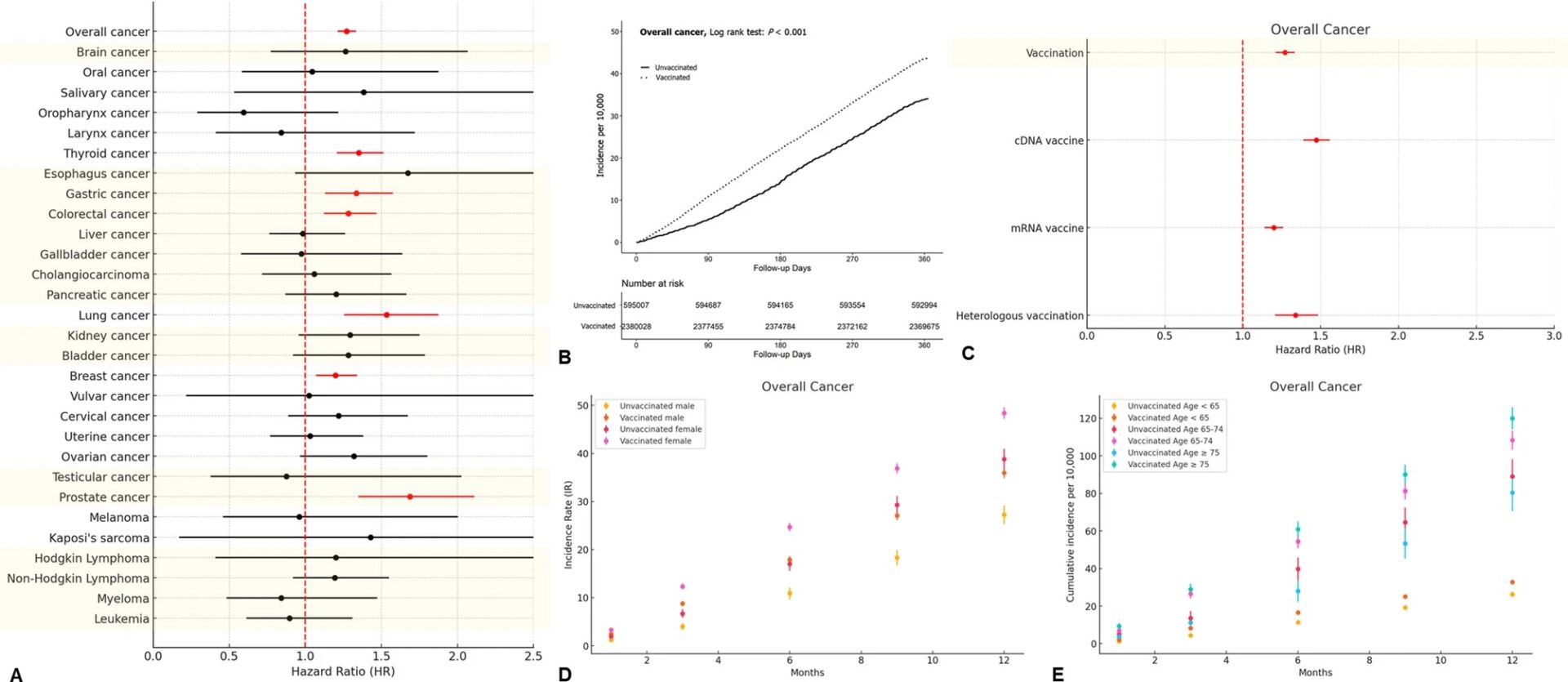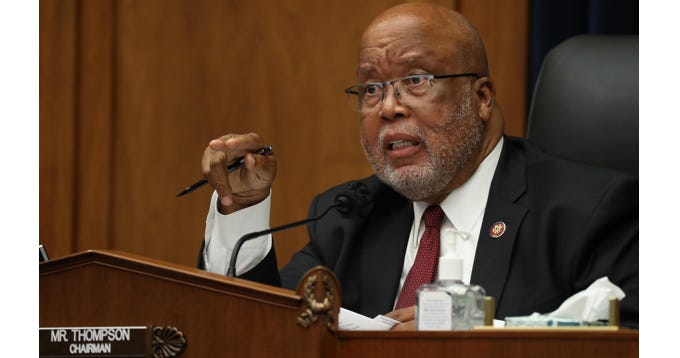Six attempts, four of them called "vaccine", one as a pill, and finally a kind of "energy buster" to combat COVID.
In science, three or more attempts in a year is not called a vaccine but is called "experimenting". Six attempts in less than two years, surely the whole fuss was just an experiment in progress.
Lets go further.
My doctor, my dear doctor, frequently asking me to have the COVID test, just the test, just in case. I have no idea why but finally I conceded and I had the test. The results came POSITIVE. Instructions to be at home for ten days even if I feel OK. And yes, I had not a single symptom when the results arrived saying I had the virus. But this is not all.
After certain time, I received not the bill but the cost of the test. The total was $200. It came from the lab that analyzed the sample. So, the vaccine was not "free" as told by President Biden. And I remember at Walgreen a woman asking for six of those tests and she say her family have those test every week. If the test alone costs $200, then how much was each vaccine?
Let's follow the dots. Tests and vaccines weren't free. Someone paid for them: the government. Taxpayers' money went to lab companies and pharmacies (doctors and scientists included). Millions and millions of dollars paid for tests and vaccines that in the majority of cases were not needed but became "mandatory" in several places.
I myself said, "hell no, I won't let this happen to me, a doctor who introduces products he doesn't know into a body he knows even less."
I remember when the virus appeared, probable October or November, the reaction in my body was diarrhea, almost unnoticeable headache, and that was all. And I'm in the category of major risk because my age. But I felt good in that moment, and I still feel healthy enough today, so I rejected the vaccine all the time. I understand that people with health issues were the ones going to emergency and died. Smokers was other category with high risk because smoke covers the lung's membrane and COVID was doing exactly the same, so it was an increment of risk. Athletes were another category in risk because their "good health" sometimes is fake, this is to say, they take too many additives, legal drugs and similar to stay in excellent shape, but their body decays internally because such abuse of supplements.
The masks were the real solution to stop the spreading of the virus. A year after the first wave of COVID, it was discovered that masks not only helped to slow the spreading of COVID, but the cases of Flu also diminished. Masks were enough to combat COVID. And here is what I understood by studying the corollary of this story without political or propagandistic influence.
Let's say you got the virus and you get sick. Inside your body, your immune system is in war with the virus. Your body is injured but the virus is also injured. Even when the virus was slighted hurt, when the virus left your body to pass to another body, the body of the other person also stars another war with the virus and also causes some damage to it. And so forth, each time the virus passes from one person to another, war after war the virus eventually becomes weaker.
This is why, thanks to the continued war between our bodies against the virus, actually the COVID, the original one from years ago, has ended like a common cold. This is not thanks to vaccines but thanks to our bodies. Of course, some people were injured bad, but they fought "the good war". We have survivors and heroes, the COVID of years ago is not as dangerous as before. There are viruses and bacteria that we can't fight properly because they are like modern missiles and our bodies appear to fight with slingshots. Here is when we need help. But, when the COVID 19 appeared, I didn't see people coming outside bleeding from noise and ears, falling down on streets with twisted tongue and bulging eyes. So, I said, "killer virus? naahhh, this virus only kills the weaker not the healthier". And I continued my life like nothing is happening.



